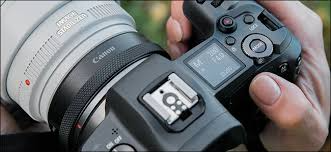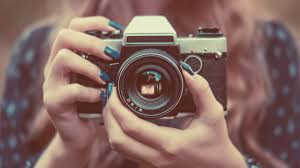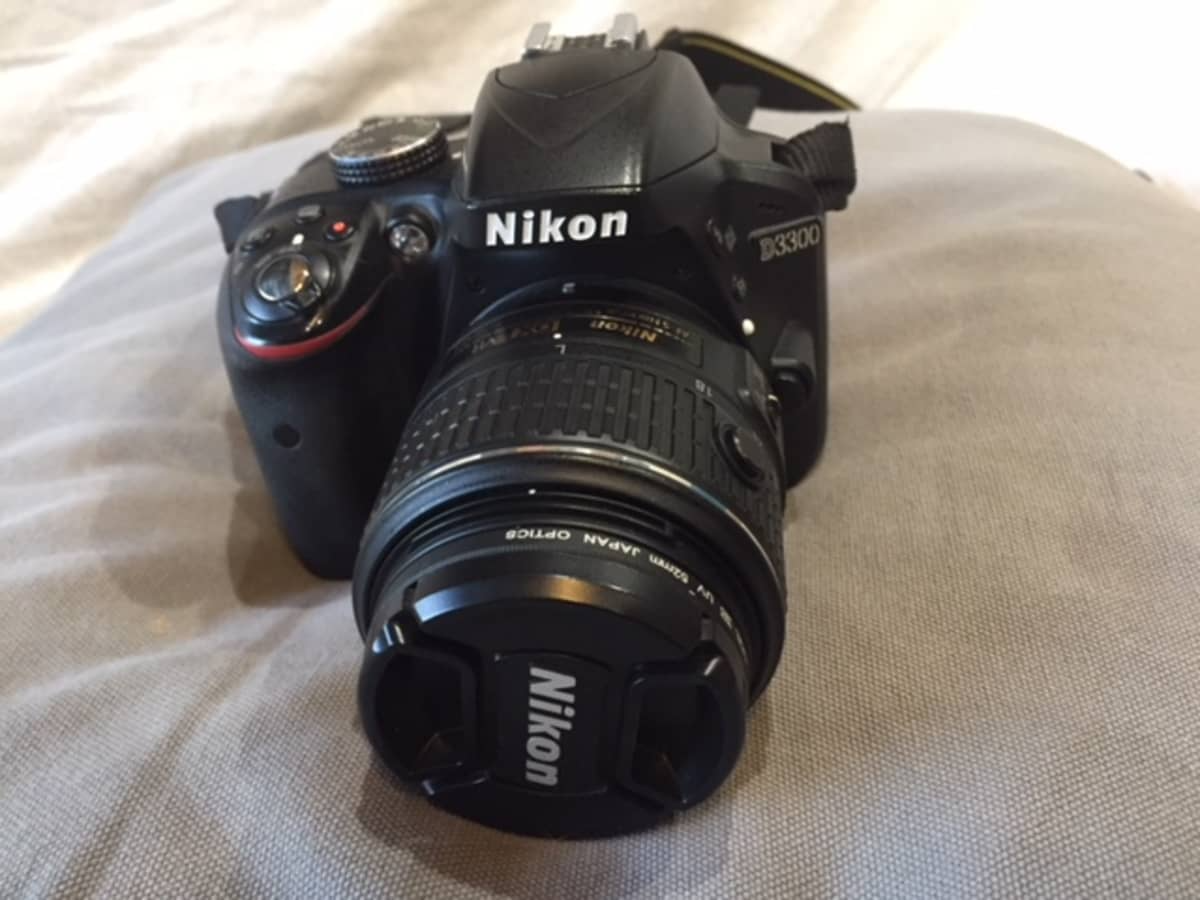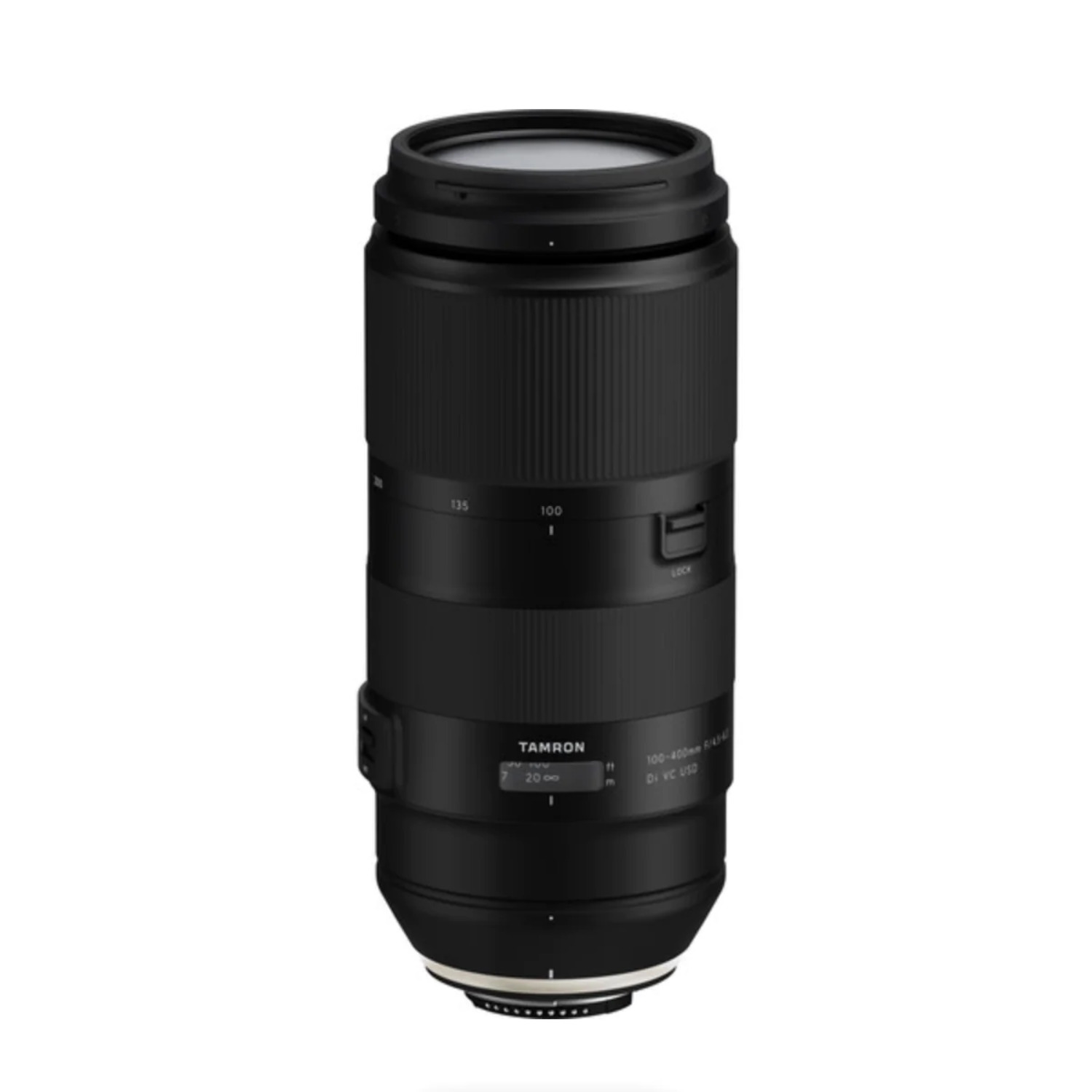The saying “the camera adds ten pounds” is a well-known adage that has often made people wary in front of lenses. But is there any truth to this statement, or is it just another photography myth? This article seeks to explore the technical and psychological aspects of photography that might contribute to the perception that cameras add weight to the subjects they capture.
Understanding the Camera‘s Perspective with a camera
The phrase “the camera adds ten pounds” has embedded itself into the collective consciousness, leading many to dread stepping in front of a lens. However, to truly understand whether there’s merit to this claim, one must consider the camera‘s perspective — a blend of technical choices and limitations that distinguishes it from the human eye. This section will explore the technical aspects of photography that can influence the perception of weight in an image.
Lens Characteristics and Focal Length
One of the primary reasons a camera might seem to add weight is the characteristics of the lens used. Lenses have various focal lengths, and these can distort the subject in different ways. Wide-angle lenses, typically those with a shorter focal length, can cause a certain amount of distortion, especially on the edges of an image. This distortion is often more pronounced when the subject is close to the lens, potentially making the subject appear broader or more substantial than they are in reality.
Conversely, lenses with longer focal lengths, such as telephoto lenses, have a compression effect on the image. This can actually be more flattering for portraits, as it tends to flatten features and can make the subject appear slightly slimmer. The choice of lens and its inherent distortion properties, therefore, plays a significant role in how the weight of a subject is perceived in a photograph.
The Impact of Angle and Composition
The angle at which a photo is taken also significantly affects the subject’s appearance. High and low angles can create unflattering shadows or highlight certain areas of the body, contributing to the illusion of added weight. Photographers often prefer shooting from slightly above eye level for a more balanced and natural look that doesn’t distort the subject’s proportions.
Composition and framing are equally important. How a subject is positioned within the frame, the background elements, and the space around the subject can all influence how the viewer perceives their size. A well-composed photograph will use these elements to create a harmonious and balanced image that represents the subject accurately.
The Role of Post-Processing
Post-processing software has become an integral part of the modern photography workflow. These powerful tools allow photographers to adjust various aspects of an image, including color, contrast, and sharpness. More pertinently, they can also manipulate the shape and size of a subject. While some degree of post-processing is standard practice to enhance an image, it’s essential to recognize the line between enhancement and misrepresentation, especially concerning the subject’s weight.
Understanding how the camera’s technical variables — from lens selection to composition choices — can affect the depiction of weight in photography is vital. It demystifies the process behind capturing images and helps both photographers and subjects work together to create photos that are both flattering and true to life.
The Psychological Aspect of Self-Perception with a camera
When it comes to photography and how we perceive ourselves in images, psychology plays a crucial role. The camera captures a frozen moment in time, a two-dimensional representation of reality that can sometimes contrast starkly with our self-image. This section delves into the psychological factors that affect how we view ourselves in photographs and why these images can sometimes make us feel like we appear heavier than we actually are.
The Mirror vs. The Camera
The discrepancy between our mirror image and a photograph can be jarring. In a mirror, we see a live, reversed reflection that moves as we move, allowing us to present ourselves in the best possible light. However, a camera captures a single, static perspective, and it is not reversed. This can create a cognitive dissonance as the photo may not match our curated self-image from the mirror, contributing to the perception that the camera adds weight or somehow distorts our true appearance.
Prior Exposure to Media and Beauty Standards
We live in a world saturated with media images that often depict idealized and digitally altered human forms. This constant exposure can warp our perception of what is normal or attractive, influencing how we perceive ourselves in photos. When we compare our own unedited images to the polished photographs in media, we may perceive ourselves as less attractive or heavier than the subjects in those professional images, even if that’s not the case.
Emotional State and Self-Esteem
The intersection of emotional state and self-esteem with photography is profound. How we feel about ourselves at the moment a photograph is taken can deeply influence our perception of the resulting image. If we’re feeling self-conscious, insecure, or in a negative mood, we may scrutinize our photos more harshly. This can lead to the perception that the camera is unflattering, possibly adding weight or distorting our features.
The Influence of Mood on Image Perception
Our mood at the time of viewing a photograph can color our interpretation of it. A positive mood can create a filter through which we view ourselves more favorably, while a negative mood can do the reverse. If we’re already feeling down about our appearance, we’re more likely to fixate on perceived flaws in photos, including assumptions about added weight or unattractiveness.
The Role of Self-Esteem in Image Satisfaction
Self-esteem plays a significant role in our overall satisfaction with photographs of ourselves. Individuals with higher self-esteem tend to view their images more positively, focusing on aspects they like or simply accepting their appearance as part of who they are. Conversely, those with lower self-esteem may focus on negatives or compare themselves to others, exacerbating the feeling that the camera is not kind to them.
The Self-Fulfilling Prophecy of Camera Anxiety
For many people, anxiety about being photographed can result in a self-fulfilling prophecy. The tension and discomfort they feel when a camera is pointed at them can lead to unflattering expressions or postures, which in turn reinforces their belief that they do not photograph well. This anxiety can stem from previous experiences with photos they found unflattering, setting a pattern of apprehension for future photographs.
Strategies for Improving Self-Perception in Photos
It’s possible to improve one’s self-perception in photos by using strategies that boost self-esteem and foster a more positive emotional state. Practicing self-compassion, focusing on the moment’s joy rather than appearance, and choosing to embrace unique features rather than view them as flaws can all contribute to a healthier relationship with the camera. Additionally, understanding that photos are just one representation of us, not a definitive statement of our worth or attractiveness, can help mitigate negative feelings.
Our emotional state and self-esteem are deeply intertwined with how we perceive images of ourselves. Recognizing the power of these psychological factors allows us to approach photography with a more balanced perspective, appreciating the captured moments rather than fixating on our perceived imperfections.
Conclusion
The idea that cameras add weight is a multifaceted issue that involves both technical and psychological components. By understanding the various factors at play, photographers can make more informed choices about their equipment and technique, and individuals can develop a more nuanced view of their photographic representation.
